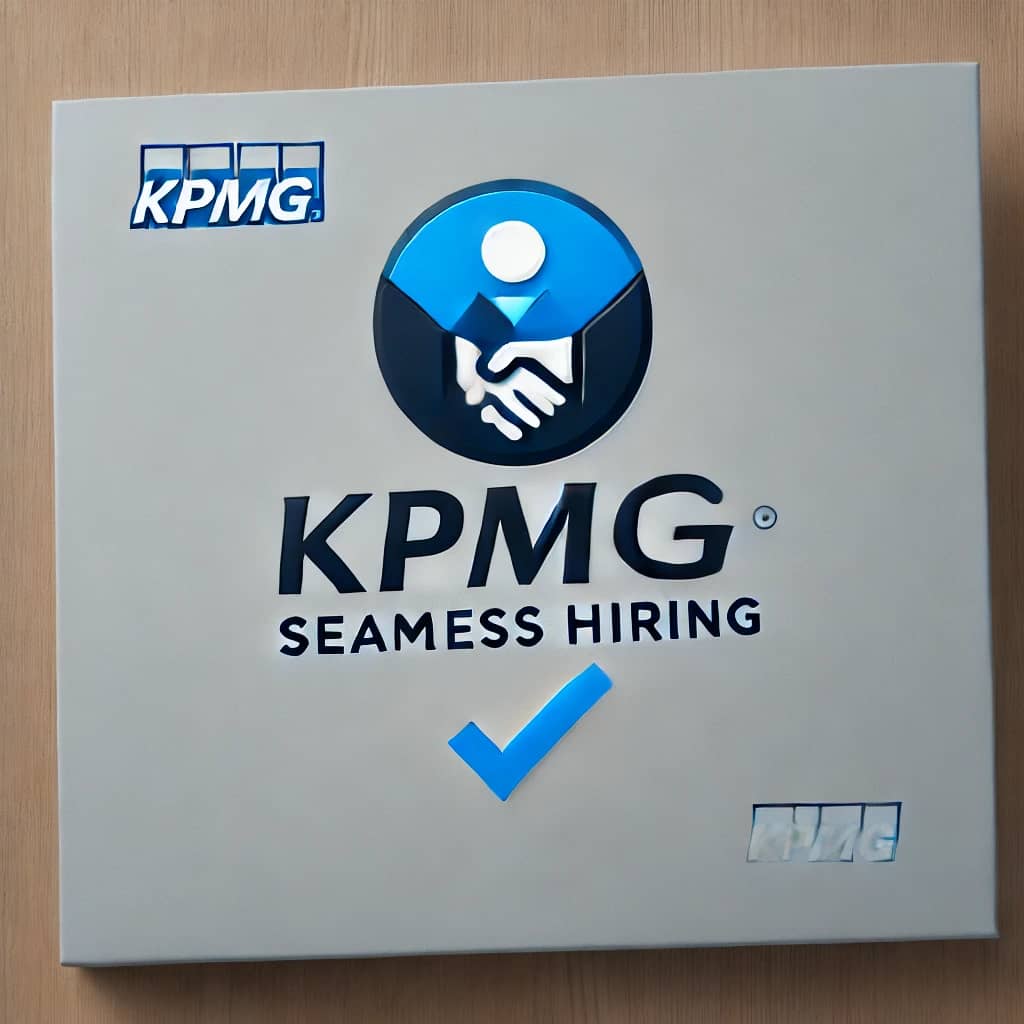KPMG Questions and Answers PDF 2025
If you’re preparing for the KPMG graduate recruitment assessment or any aptitude test that includes verbal and numerical reasoning, the KPMG Critical Reasoning Test 2 is an excellent resource. This guide explores real sample questions and solutions from the official KPMG practice test booklet, focusing on the type of logical reasoning you will encounter in the actual assessment.(KPMG Questions and Answers PDF 2025).
Download the KPMG Critical Reasoning Test 2 PDF at the end of this post and use this breakdown to sharpen your skills before your exam.
What is the KPMG Critical Reasoning Test?
KPMG’s critical reasoning test is a 20-question assessment divided into two parts:
-
Verbal Critical Reasoning (10 Questions)
-
Numerical Critical Reasoning (10 Questions)
The test duration is 20 minutes, and you are expected to answer quickly and accurately. This assessment is designed to evaluate your logical thinking, comprehension, and decision-making ability under pressure.
Breakdown of Verbal Critical Reasoning Questions
Below are examples and explanations to help you understand the logic behind correct answers:
Question 1: Health and Food Additives
Statement: Munchon Foods claims their all-natural food products safeguard consumers’ health.
Correct Answer: B. Some natural substances found in foods can be harmful.
Explanation: The argument hinges on the assumption that “natural” equals “healthy.” If some natural substances are harmful, this weakens their claim.
Question 2: Political Advertising
Statement: A candidate buying saturation radio ads in Los Angeles will get maximum name recognition.
Correct Answer: D. For maximum name recognition, other media channels are not needed.
Explanation: This directly supports the sufficiency of radio ads for name recognition, making it the most logical interpretation of the statement.
Question 3: Tire Wear Theory
Statement: A new theory suggests bike tires wear down due to road and rain chemicals.
Correct Answer: B. Place chemicals on an idle bike tire.
Explanation: This isolates the chemical effect without involving friction from movement.
Question 4: Amla Fruit in America
Statement: Amla, a vitamin C-rich but sour fruit, will be modified for U.S. markets.
Correct Answer: D. The fruit can be used only in salads.
Explanation: The question asks for what is not assumed. There’s no assumption that salads are the only use.
Question 5: Interdisciplinary Research Funding
Correct Answer: C. The first is a fact the author explains; the second supports the author’s conclusion.
Explanation: The poor funding rate is a fact, and the lack of cross-disciplinary funding supports the author’s viewpoint.
Question 6: Internet vs Agent House Sales
Correct Answer: D. Some buyers pay the agent to find them a cheap house.
Explanation: This does not support Barbie’s argument for using agents and weakens her reasoning.
Question 7: Seat Belts and Safety
Statement: Early data linked seat belt use to lower accident fatalities.
Correct Answer: A. Provide data showing seat belt use does increase survival.
Explanation: This supports the value of seat belts even if earlier conclusions were flawed.
Question 8: French Junk Food Argument
Statement: High number of burger joints in Paris shows French love junk food.
Correct Answer: E. Many American tourists eat at those restaurants.
Explanation: It’s possible the restaurants are for tourists, not locals, weakening the argument.
Question 9: Bad Fisherman Claim
Statement: Samuel caught the fewest fish.
Correct Answer: D. He used experimental bait, unlike his teammates.
Explanation: This provides a reasonable external factor affecting Samuel’s performance.
Question 10: Smoking Legislation and Life Expectancy
Statement: Lawmakers propose smoking bans based on second-hand smoke data.
Correct Answer: D. A similar law led to a drop in lung cancer rates elsewhere.
Explanation: This real-world data supports the claim that such laws improve public health.
Sample Numerical & Logical Reasoning Questions
The remaining 10 questions in the KPMG test focus on logic games and scheduling problems. Here’s a quick example:
Question 11: City Tour Sequence
Statement: Tour must stop in Boston before Evanston or Detroit.
Correct Answer: A. Evanston cannot be first.
Explanation: Because Boston must come before Evanston, Evanston can’t be the first stop.
Tips to Pass the KPMG Critical Reasoning Test
-
Time Management: You only have 1 minute per question. Don’t dwell on any question too long.
-
Practice Logical Deductions: Focus on cause-effect logic, assumption identification, and interpreting factual scenarios.
-
Skip and Return: If unsure, move on and come back later if time permits.
-
Familiarize with Test Format: Practice from real or simulated test booklets like the one provided here.
-
Read Carefully: Critical reasoning questions often include tricky wording, like “except,” “most weakens,” or “assumption.”
Why You Need This PDF
This KPMG Critical Reasoning Test 2 PDF helps you:
-
Understand how real test questions are structured
-
Learn from detailed solutions and explanations
-
Sharpen your speed and accuracy under pressure
Use it as a revision guide before your online assessment or face-to-face aptitude test.
Download the KPMG Critical Reasoning Test 2 PDF
You can get the full KPMG Critical Reasoning 2 PDF, including questions and answers, by clicking here to download or visiting our aptitude test section.
For more KPMG practice materials and graduate job guides, visit our KPMG Aptitude Test Prep Category.
Related Post You’ll Love
PolityZen is your go-to platform for educational updates, scholarship alerts, and job aptitude prep materials in Nigeria. We curate premium PDF past questions and provide free access to career growth tools.

